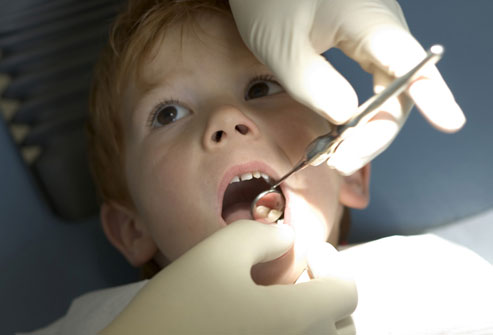Explaining to your child what coeliac disease is and how it will affect them is essential to both their mental and physical wellbeing. Initially it is important that they don’t feel scared or worried so alleviating any worry is first on the list.
Once a child has been diagnosed with coeliac disease then a gluten free diet should be immediately introduced, this will improve their symptoms and help them bounce back relatively quickly. However they need to understand what it is that is making them feel poorly, as when they are at school, out with family or at other people’s houses, knowing what they can and can’t eat and why, will help them manage their diet.
Explaining what coeliac disease is to the whole of the family is also important, if their siblings understand they may have to eat different foods, it will discourage any rivalry or picking. Use bright colourful pictures of what your child can eat, explain clearly what it is about gluten that makes their tummy sick. This will help them understand what is happening inside their body and what will happen to them if they eat foods with gluten in. A simple way of explaining it is that “part of the tummy called the small intestine doesn’t like something called gluten. It means you have to eat food that has no gluten in it. If you eat gluten it can make your tummy feel really sick and poorly.”

Then get playing with food, when you are at the supermarket, get your child to identify foods that have gluten in them and foods that don’t. Why not turn out the kitchen cupboards and label all the foods your child can eat with a smiley face sticker and those that have gluten with a warning sticker. This is a game that will help all the family and anyone visiting, what is suitable to eat and what isn’t. It will promote healthy eating and get your child to love and understand the foods he or she can consume safely.
Cook with your children everyday dishes that the whole family can eat, research recipes and substitute ingredients with those that are gluten free so that everyone can have the same meal. This learning process will educate your child and help them keep a balanced lifelong gluten free diet. Have a list of all the different foods that can be eaten, make it a fun process so that food is not aligned to fear. There are an abundant amount of foods that are gluten free, fruit, vegetables, rice, milk, plain yogurt and cheese to name a few.
If your child is having a sleep over they may well have to take their own cereal or bread for breakfast. Also make sure they understand that they can’t swap food with their friends or else it could make them poorly. Many children will worry that they aren’t allowed to eat any of their favourite snacks. But there are many versions of all of these, so eating cakes and biscuits is not necessarily a ‘no no’, especially if you bake them yourself with special gluten free flours. It’s the same with pasta and bread, there are many products that are readily available so pizza making and eating bread does not have to be something consistently denied to your child.
Promoting fun and healthy versions of your child’s favourite foods and adding lots of variety and interest will make introducing and sustaining a gluten free diet just part of their lifestyle that they will be able to manage themselves as they grow older.
Harry Price is a freelance writer from a small coastal fishing village. He spends his free time cooking. He loves to experiment with new dishes for his wife and running with his special training buddies, his 3 cocker spaniels.










Comments are closed.